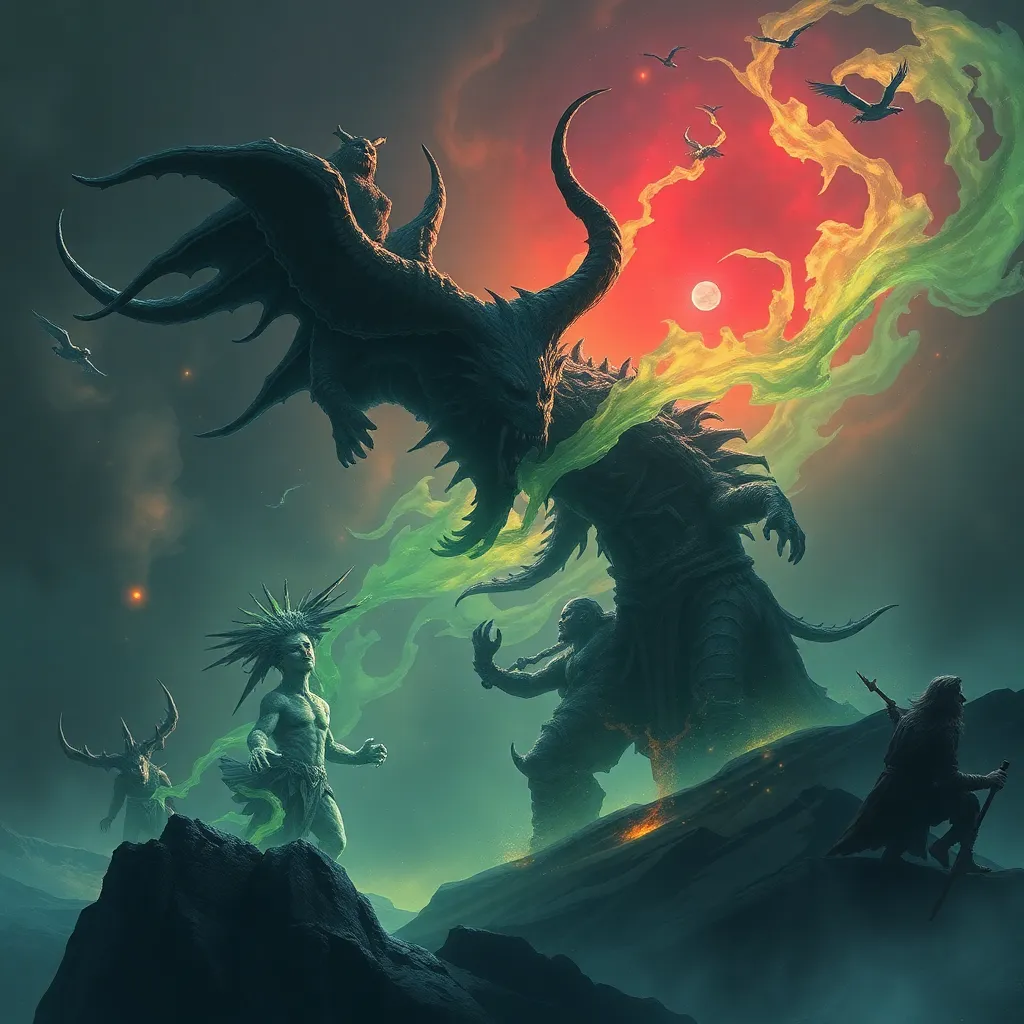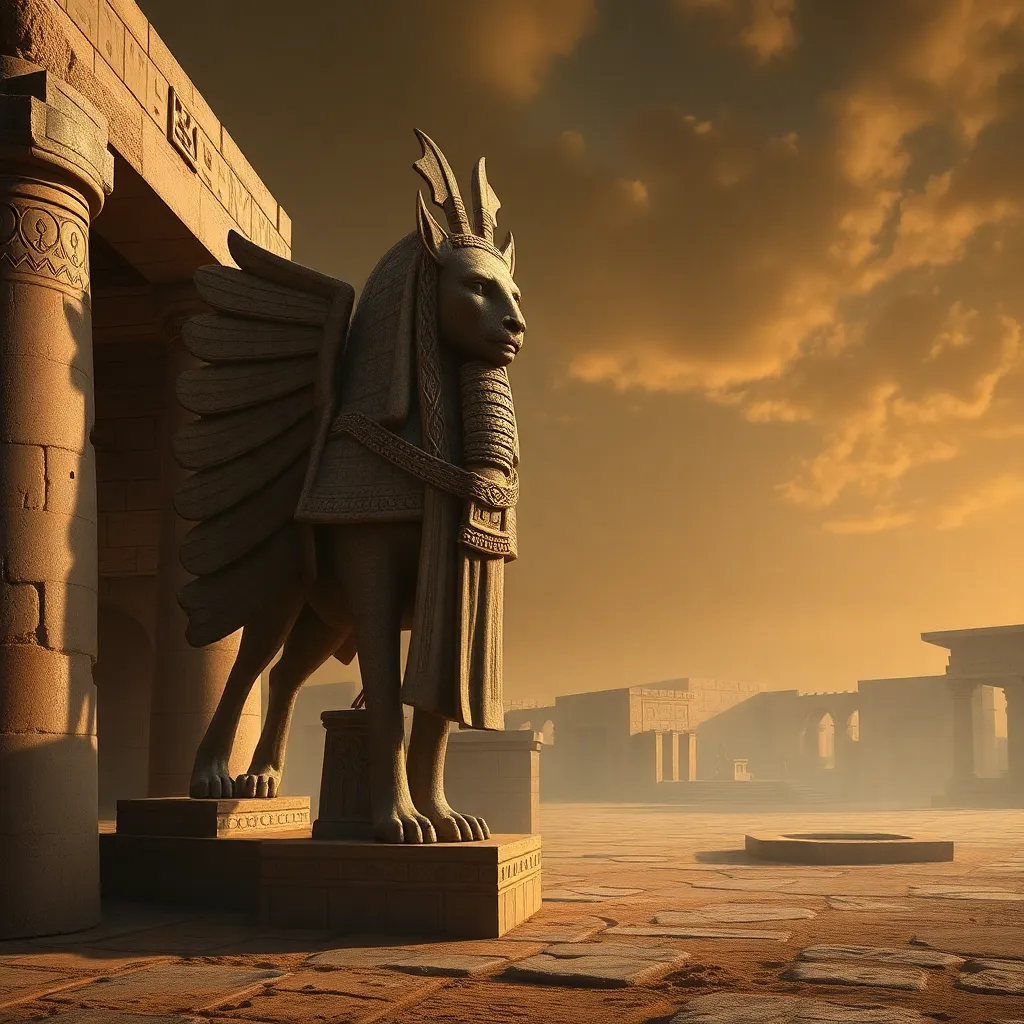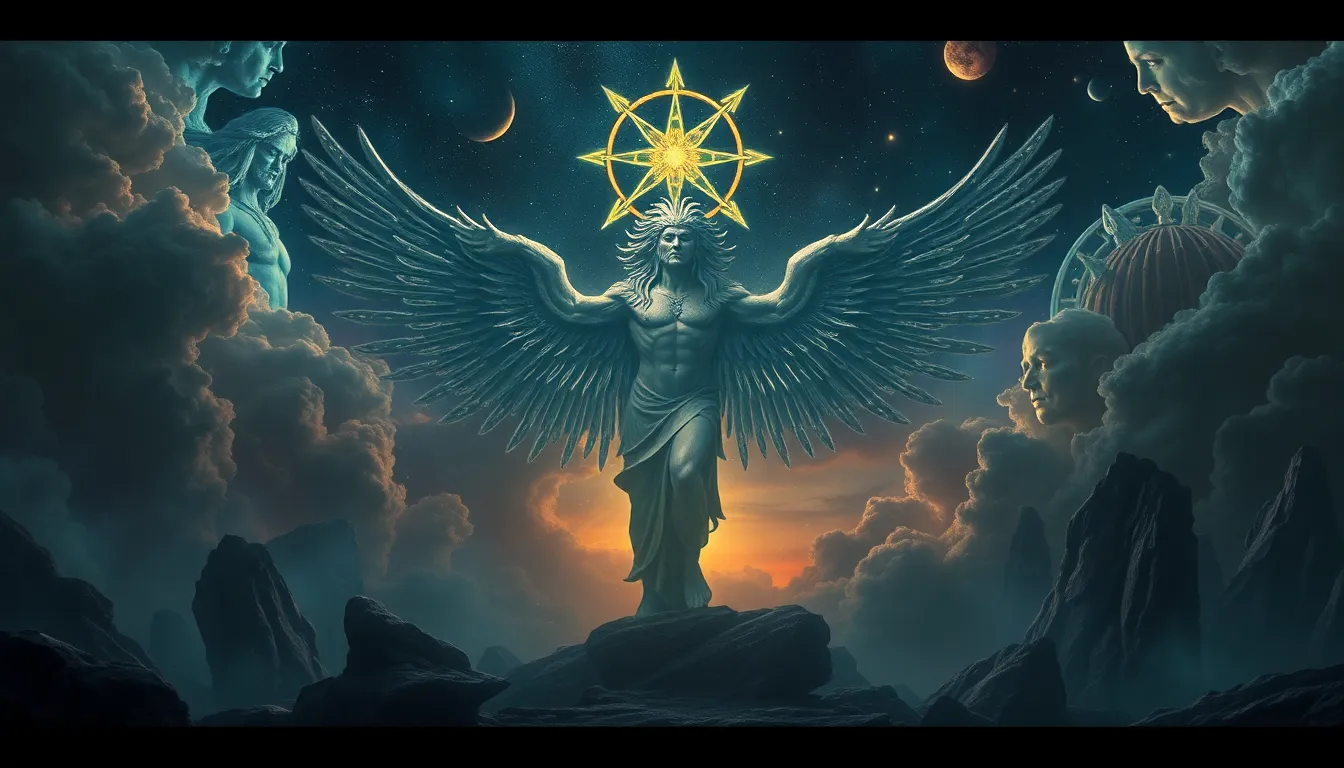Orcish Myths & Legends of Creation: Examining the Origins of the Orcish World & People
I. Introduction to Orcish Mythology
Orcish mythology encompasses a rich tapestry of stories and beliefs that shape the cultural identity of Orcs. Myths serve not only as entertaining tales but also as crucial frameworks through which Orcish societies understand their world, history, and existence. These narratives are deeply embedded in the Orcish psyche, reflecting their values, struggles, and aspirations.
Creation stories, in particular, play a pivotal role in defining the identity of Orcish people. They provide explanations for the origins of the world and its inhabitants, often illustrating the relationship between the Orcs and the natural environment they inhabit. Through these myths, Orcs find meaning and context for their place in the universe.
II. The Creation of the Orcish World
The creation of the Orcish world begins in a vast, primordial chaos, a state of disorder that existed before the formation of the realms. This chaos is often depicted as a swirling mass of elemental forces, teeming with potential and energy. It is from this chaos that the Orcish cosmos is born, shaped by powerful deities and mystical forces.
Several key deities are involved in the formation of the Orcish realm:
- Gorath: The god of strength and war, often seen as the architect of the Orcish lands.
- Thalna: The goddess of nature, who breathes life into the earth and its creatures.
- Kragor: The trickster deity, whose antics introduce chaos and challenge the established order.
These deities, among others, interact with the elemental forces to shape mountains, rivers, and forests, crafting a world that is both beautiful and brutal, reflecting the duality of Orcish existence.
III. The Birth of the Orcish People
The narratives surrounding the birth of the Orcish people are diverse, varying significantly across different tribes and regions. Some tribes believe that Orcs emerged directly from the earth, formed from the soil and rock, imbued with the strength of the land itself. This connection to the earth symbolizes resilience and the deep-rooted bond Orcs have with nature.
Other tribes tell of Orcs being born from fire or water, representing different aspects of their culture and environment:
- Earthborn Orcs: Symbolize strength and steadfastness.
- Fireborn Orcs: Represent passion and ferocity.
- Waterborn Orcs: Illustrate adaptability and fluidity.
These variations highlight the symbolic significance of the elements in Orcish culture, reflecting their understanding of existence and identity.
IV. Key Figures in Orcish Myths
Orcish myths are filled with prominent deities and legendary figures who embody the traits and ideals of Orcish society. These figures are central to the creation stories and serve as role models for Orcs.
Prominent Deities:
- Gorath: A warrior god, revered for his strength and leadership during battles.
- Thalna: Celebrated for her nurturing aspects, representing the harmony between Orcs and nature.
- Kragor: The embodiment of cunning and strategy, often invoked in times of conflict.
Legendary Heroes:
- Urkosh: A legendary hero known for uniting the tribes against a common enemy.
- Sharnak: A wise leader who taught the Orcs the importance of community and cooperation.
These figures not only shape the myths but also influence the values and beliefs of Orcish culture, serving as guiding lights in times of uncertainty.
V. Cultural Significance of Orcish Myths
Orcish myths have profound implications for social structure and cultural values. The stories reinforce the importance of community, strength, and resilience, which are central to Orcish identity. These narratives often emphasize the virtues of honor, loyalty, and bravery, shaping how Orcs interact with one another and with outsiders.
The oral traditions that preserve these myths are vital for the transmission of knowledge and cultural heritage. Storytelling sessions serve as communal gatherings, where elders pass down tales to the younger generations, ensuring that the essence of Orcish mythology continues to thrive.
VI. Comparative Analysis with Other Mythologies
When examining Orcish creation myths, one can draw parallels with other cultures’ narratives. For instance, the concept of a primordial chaos leading to creation is a common theme in many mythologies, including Norse and Greek traditions.
Similarities:
- Creation from chaos: Many cultures describe a chaotic state before the formation of order.
- Elemental influences: Like Orcish myths, many cultures attribute the creation of life to elemental forces.
Unique Aspects:
- The deep connection to nature and the earth, reflecting Orcish reverence for their environment.
- The emphasis on strength and warrior culture, which is more pronounced in Orcish legends compared to others.
VII. Modern Interpretations and Adaptations
In contemporary media, Orcish myths have been adapted and reinterpreted in various ways, particularly in games and literature. These adaptations often explore themes of identity, conflict, and redemption, offering new perspectives on traditional narratives.
Popular portrayals include:
- Video games like “World of Warcraft” and “Warhammer,” which depict Orcs as complex characters with rich cultural backgrounds.
- Literary works that delve into the mythology and societal structures of Orcs, challenging stereotypes and presenting them as multifaceted beings.
The evolution of these stories in modern culture highlights the enduring relevance of Orcish myths and their adaptability to contemporary themes and issues.
VIII. Conclusion: The Enduring Legacy of Orcish Creation Myths
Orcish creation myths remain a vital part of Orcish culture, providing insights into their beliefs, values, and identity. In today’s society, these myths resonate as stories of resilience, strength, and connection to the natural world.
Preserving Orcish cultural heritage is crucial, as it enriches our understanding of diversity and the human experience. The stories of the Orcish world continue to inspire and inform, reminding us of the power of myths in shaping who we are and how we relate to the world around us.



